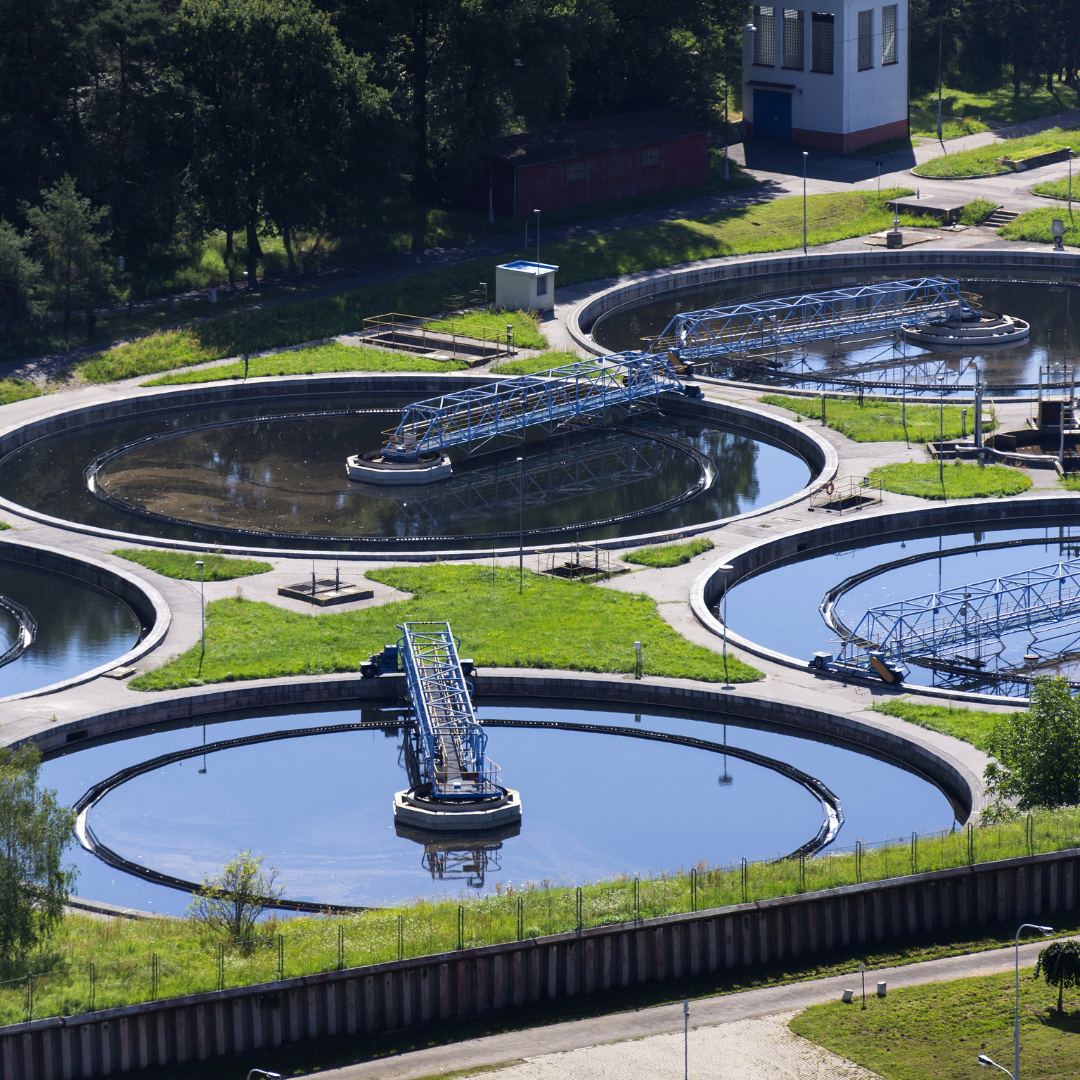Can we build a greener wastewater system? Study says yes
Each year, US wastewater treatment plants clean trillions of gallons of water, from what we flush down the toilet to drain down the sink.
In a new study, a team led by researchers from Northwestern University and the University of Illinois Urbana-Champaign analysed data from more than 15,000 wastewater treatment facilities to understand the climate costs hidden within all this cleaning.

Image by josefkubes81 | Freepik
The study, published October 8 in the journal Nature Water, estimates that US wastewater treatment plants emit the equivalent of approximately 47 million metric tonnes of carbon dioxide (CO₂) each year. Of these emissions, two greenhouse gases, methane and nitrous oxide, play a larger role than previously understood, exceeding current government estimates by 41 per cent.
“To see it plain as day, how methane and nitrous oxide emissions are the dominant players, that was pretty striking,” said Northwestern’s Jennifer Dunn, the study’s senior author.
A clearer picture of wastewater treatment’s contribution to climate change will help pinpoint where decarbonisation efforts can be most effective, according to Dunn.
“We found that there are relatively low-hanging-fruit opportunities to reduce greenhouse gas emissions from wastewater treatment plants,” she said, adding: “We also observed that there is a need to develop new technologies to push those reductions even further.”
To capture the full climate cost of wastewater treatment, the researchers tallied not only emissions from each plant’s treatment process but also those from producing the energy and chemicals the facilities require to operate and from the disposal of solid waste after treatment.
They found methane and nitrous oxide, potent greenhouse gases that arise from the on-site processes that plants use to clean wastewater, were the biggest contributors. Methane accounted for 41 per cent of total emissions, the equivalent of 16 million metric tonnes of CO₂, while nitrous oxide made up 24 per cent, the equivalent of 12 million metric tonnes of CO₂.
At treatment plants, wastewater and the solids within it undergo multiple stages of processing to render them clean enough to return to the environment.
One common way plants break down wastewater solids, or sewage sludge, is through anaerobic digestion. Inside an anaerobic digester, microorganisms feed on waste and create biogas, which is mostly methane.
“The trouble with anaerobic digesters is that they can leak, and some anaerobic digesters leak a lot,” Dunn said. Indeed, while treatment plants can use biogas as a renewable source of energy, methane emissions can outweigh the climate gains. But the good news, Dunn said, is that a leak can be fixed.
“It's something that's addressable,” she said, adding: “So that’s an example of a low-hanging-fruit opportunity that we saw right away.” Before wastewater is clean enough to be released back into surface or groundwater, treatment plants often have to remove excess nitrogen, which could otherwise lead to increased algal growth and decreased oxygen in the water, harming aquatic life.
To strip nitrogen from wastewater, many plants use a process called nitrification-denitrification. Along the way, it releases nitrous oxide, a potent greenhouse gas, and harmless nitrogen into the air.
Meanwhile, other technologies then recover nitrogen from the air for use in products such as fertiliser. These technologies are often energy-intensive, so developing a way to harvest nitrogen directly from wastewater could save energy and emissions.
“If we could just avoid putting that nitrogen back into the air and use it while we have it to make a product like feed or fertiliser, then we're moving towards a circular nitrogen economy,” Dunn said.
What’s next?
The researchers are currently working with wastewater treatment facilities to collect more detailed data and refining an open-source modelling tool that plants can use to understand their emissions.
“A lot of municipalities have climate action plans, and so they want to do things to reduce their greenhouse gas emissions,” Dunn said, adding: “One of our hopes was that this study would help treatment plants.” Though their analysis included only US plants, their methods can work for any plant with appropriate data, she said.
With world population continuing to grow and public sanitary services expanding to serve more people than ever before, decarbonisation of wastewater treatment worldwide will be important for reaching climate targets. “It’s a substantial sector, and it does need attention,” Dunn concluded.
DOI: 10.1038/s44221-025-00485-w